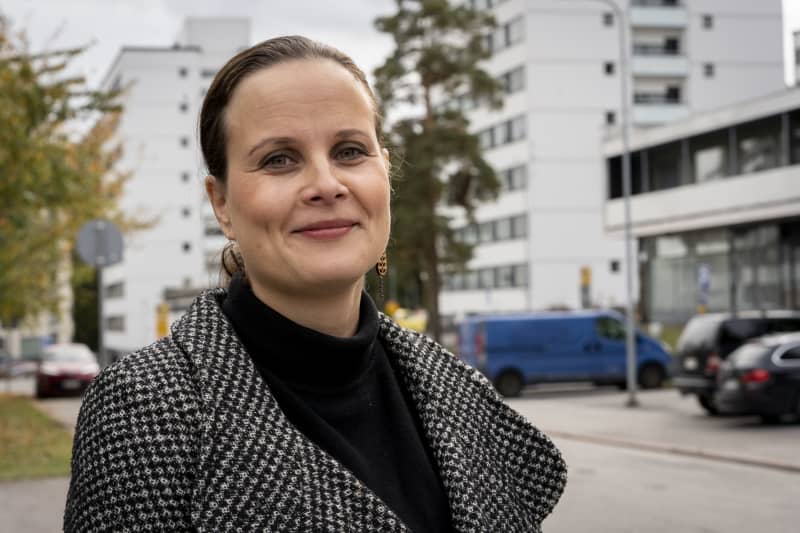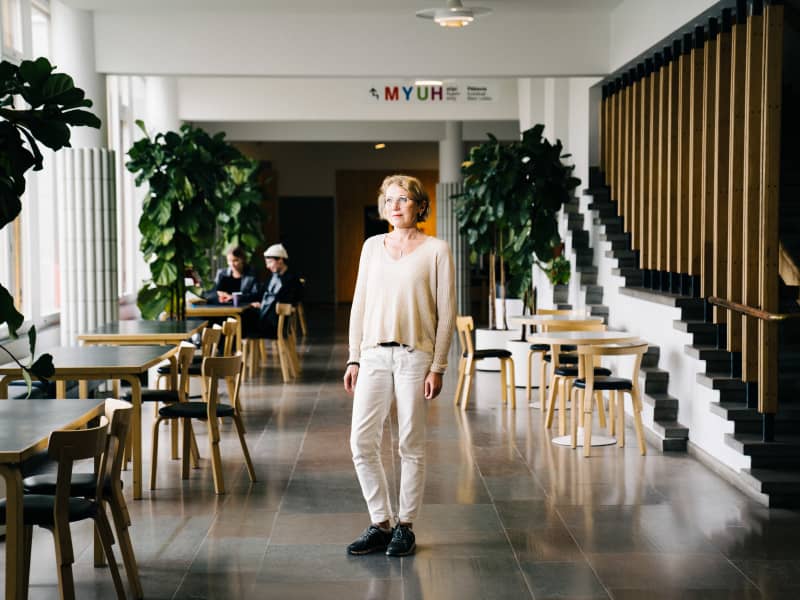More architects are needed in Finland, but education cannot keep up with the demand. Already in the 1990s, more than half of the apartment buildings in Finland were designed by non-architects.
Aalto University, located in Otaniemi, Espoo, is one of the three majors where you can study to become an architect. The other two are the University of Oulu and the University of Tampere.
When the talk turns to the shortage of architects, Sanaksenaho compares Finland to Denmark. Denmark has only slightly more inhabitants than Finland.
– Quite a few architects are trained in Finland compared to Denmark. We have about half as many starting places as in Denmark, Sanaksenaho states.
Denmark has systematically increased the intake of architecture students over the past 20 years. Architecture is part of Denmark’s tourism strategy, construction and design services have become an export product. Denmark also builds a landscape with architecture.
As a result of increasing education, there are approximately 10,000 architects in Denmark. It is more than three times more than in Finland. Still, the unemployment rate is the same as ours, 3–4 percent.
Denmark values \u200b\u200bquality
According to Sanaksenaho, the difference in the number of architects between countries of almost the same size in terms of population tells about the appreciation of architecture in society.
– It starts from how the built environment and high-quality design are valued.
According to Sanaksenaho, the lack of appreciation has led, among other things, to a lack of skilled project managers in architectural offices.
– In addition to that, both building control and station planning are pretty much employed. It is difficult to find qualified staff, says Sanaksenaho.
The situation can be seen in construction.
– In private architectural offices, the situation may be that they cannot accept work if there is not enough manpower to do it.
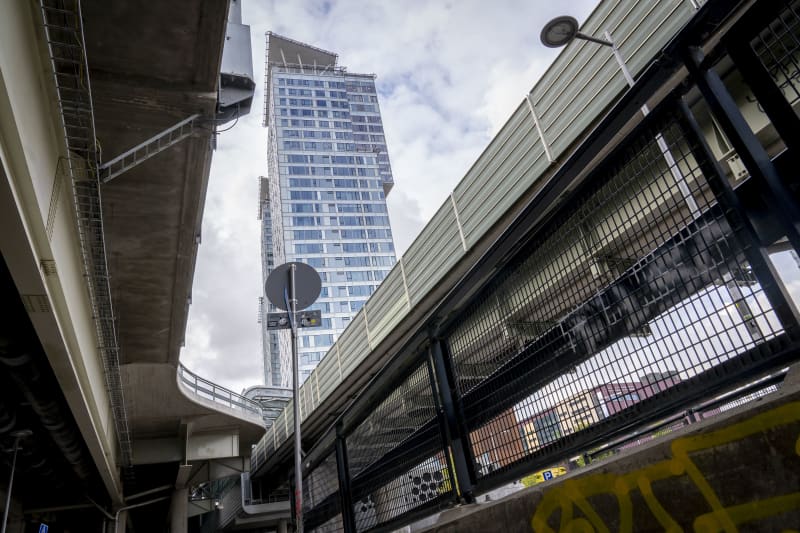
Apartment buildings are designed by people other than architects
– Education came to a sudden halt after the recession. At that time, almost half of the architects were unemployed. As a result of the recession, the perception remained that Finland is already built, and architects are not needed, Helander states.
He reminds that the task field of architects is much broader today than in the 1990s.
– Architects no longer only design houses and cities. They are increasingly placed as builders and customers in, for example, construction companies. And they are also employed in other fields, such as IT, says Helander.
According to Helander, the shortage of architects can be seen in some places in Finland as, for example, a lack of architecture.
– Almost all schools or apartment buildings in Finland are not designed by architects, Helander reminds.
Already in the 1990s, more than half of the apartment buildings were designed by non-architects. There are no reliable statistics available on the current situation. The lack of architects has far-reaching consequences in society.
– There is no talk of architecture and certain decisions are taken to a great extent solely on economic or technical terms. That, in turn, reduces our well-being and our cultural assets, Helander states.
He wonders why Finnish society no longer has room for city architects, as there was before. The network has been taken down in many places. This has happened, for example, in Helsinki, Espoo and Vantaa.
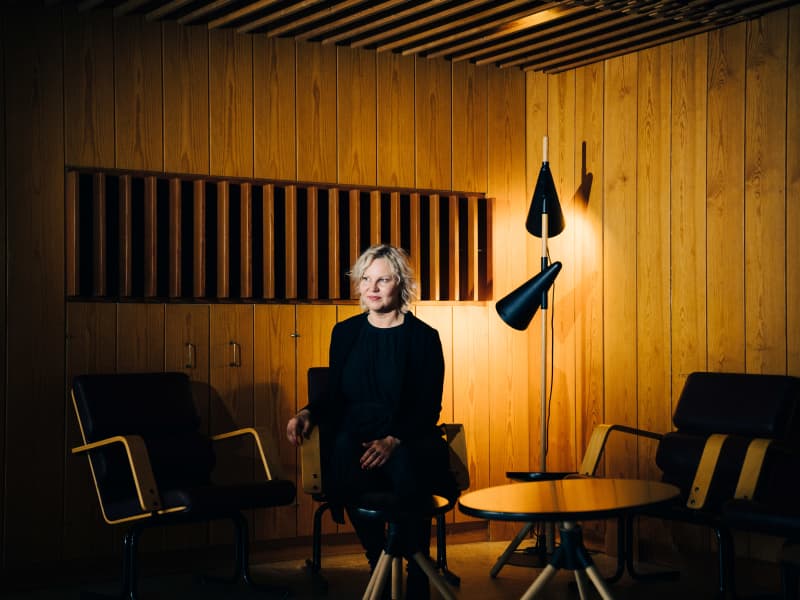
Foreigners are not employed
This fall, 100 new Kandi students started at Aalto University’s Department of Architecture. A little more than half of them are architecture students, and the rest are studying to become interior architects or landscape architects.
In Finland, a total of 150 new university students were admitted to study architecture this fall. Admission numbers have been increased at all three universities in recent years.
– They have grown by 20 percent in a few years, says Pirjo Sanaksenaho from Aalto University.
According to him, even that is not enough to solve the shortage of architects.
Aalto’s department of architecture has an international atmosphere, and about one in five of the graduated architects is a foreigner. However, they will not find employment in Finland, even if they want to.
– It has an unused resource. They don’t necessarily know Finnish, and they can’t get jobs in Finland. It would be something to improve, if the Finnish labor market would also accept architects who speak Finnish or Swedish a little less well, Sanaksenaho states.
In Finland, all building regulations are in Finnish, and building control works in Finnish. And the drawings are prepared in Finnish on the construction site.
– Of course, it limits the tasks you can do if you don’t know Finnish, says Sanaksenaho.
There is no shortage of people who want to become architectural students in Finland. 700 applicants applied to Aalto this year, and 54 were accepted to study architecture.
– Yes, there would be visitors and interest, says Sanaksenaho.
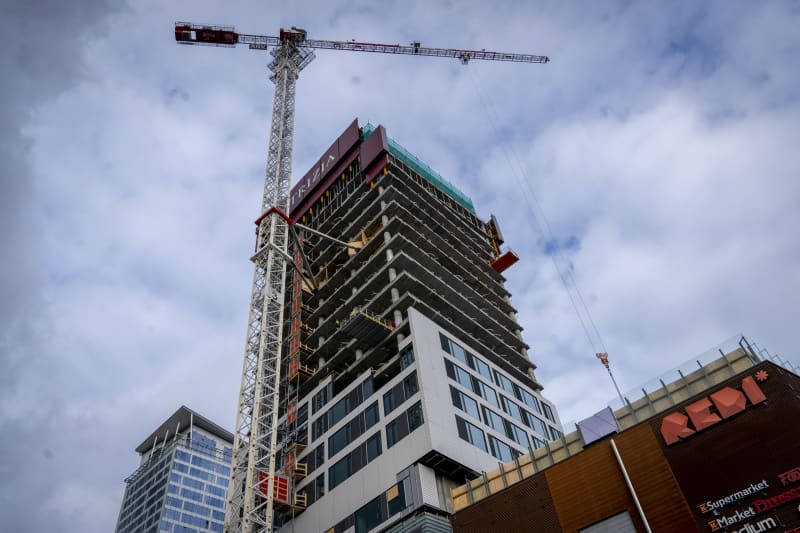
Conversion training on a backpack
– In addition to that, the universities have received additional funding for additional starting places during this government term.
Architecture competes for state money with all other fields of education, and the universities themselves decide on the starting places and admission numbers. The ministry and the higher education institutions agree for certain years on the degree goals as different entities, not at the level of individual educations.
– When we talk about this shortage of skilled architects, it must be said in the same respect that the same discussion is certainly going on in many other fields as well, Korhonen reminds.
He considers the long study times in architecture a problem.
– Long study times mean that the increase in admissions will be seen with a delay. In this case, the universities can of course always also support passing, says Korhonen.
With that, he refers to speeding up studies.
In addition to architects, construction architects are also trained in Finland. There are four places to study: Oulu University of Applied Sciences, Tampere University of Applied Sciences, Savonia and Metropolia.
According to Henna Helander, the president of the Finnish Architects Association, many construction architects would like to further train themselves as architects.
The state restarted construction architect education in the middle of the last decade. It was influenced by retirement and technological development.
Becoming an architect is not just about postgraduate studies, because the content of the education is defined in the EU directive. Helander talks about the conversion training of construction architects, which should be developed. That would also bring relief to the shortage of architects.
– Conversion training should be invested in, but the issue is completely on the back burner at the moment, says Helander.
